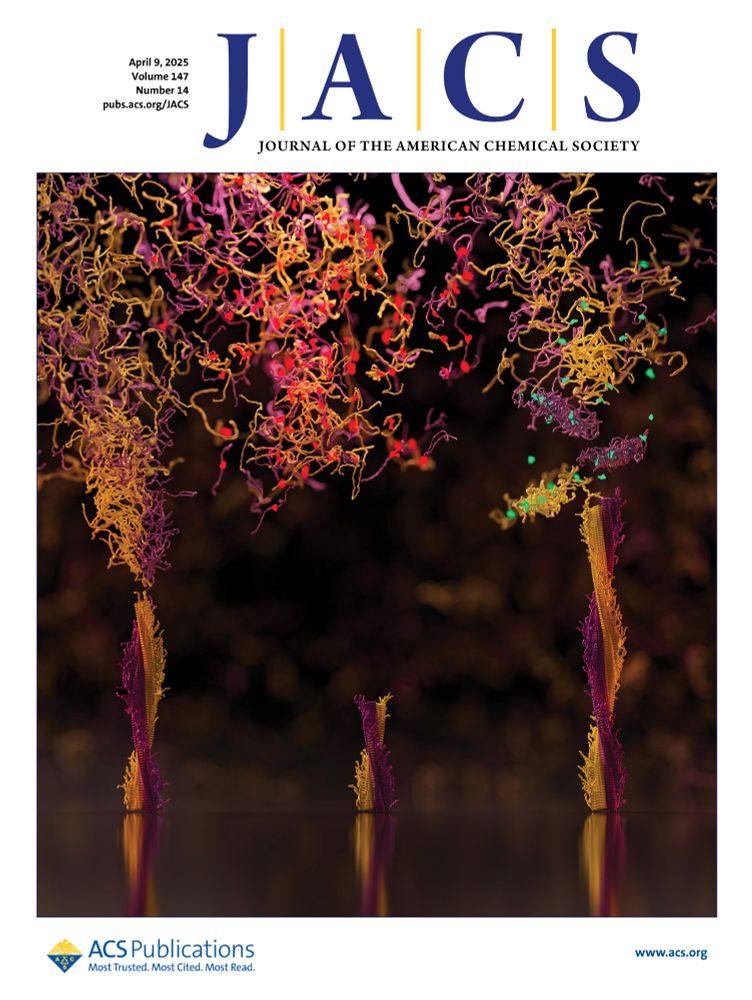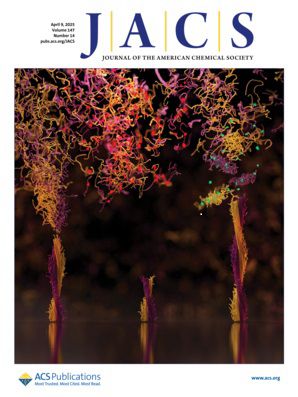Kinetic Steering of Amyloid Formation and Polymorphism by Canagliflozin, a Type-2 Diabetes Drug
Amyloid formation is involved in widespread health conditions such as Alzheimer’s disease, Parkinson’s disease, and type-2 diabetes. Amyloid fibrils have a similar cross-β architecture, but fibrils formed by a single protein sequence can have diverse structures, varying with time, self-assembly conditions, and sequence modifications. Fibril structure has been proposed to be diagnostic of disease, but why different structures result under different conditions, especially in vitro, remains elusive. We previously identified a small molecule, YX-I-1, which inhibits in vitro amyloid formation by islet amyloid polypeptide (IAPP), a peptide hormone whose amyloid formation is involved in type-2 diabetes. Here, using YX-I-1 as a lead, we identified regulator-approved drugs with similar structures by chemical similarity analysis and substructure searches and monitored the effect of 24 of these potential ligands on IAPP amyloid assembly in vitro. We show that one such compound, canagliflozin (Invokana), a type-2 diabetes drug already in clinical use, can strongly delay the kinetics of IAPP amyloid formation, an activity independent of its intended mode of action [sodium-glucose linked transporter 2 (SGLT2) inhibitor] that may have important therapeutic implications. Combining analysis of amyloid self-assembly kinetics, biophysical characterization of monomer and fibril binding, and cryo-EM of the assembly products, we show that YX-I-1 and canagliflozin target IAPP early in aggregation, remodeling the energy landscape of primary nucleation and profoundly altering the resulting fibril structures. Early binding events thus imprint long-lasting effects on the amyloid structures that form.





